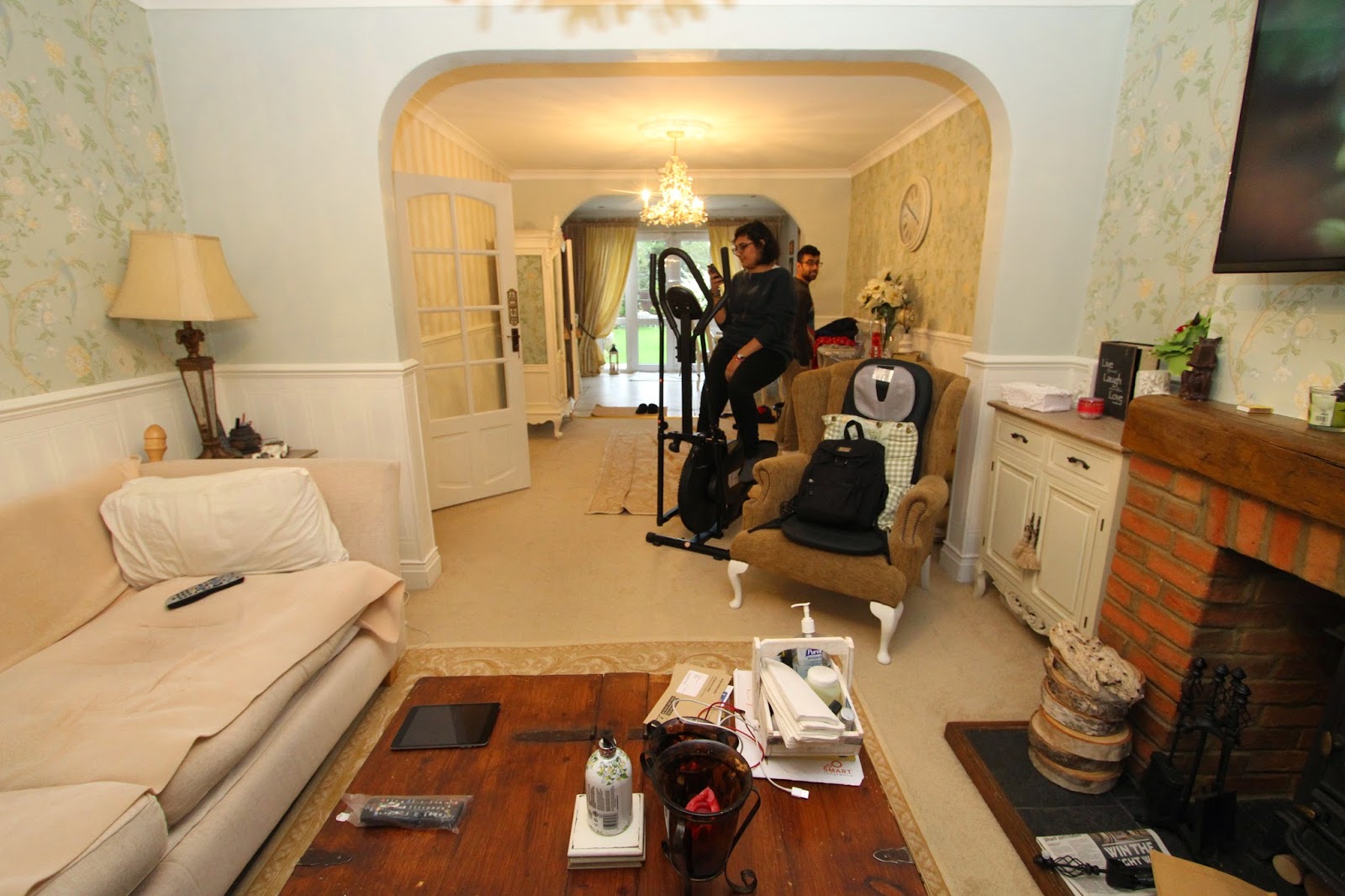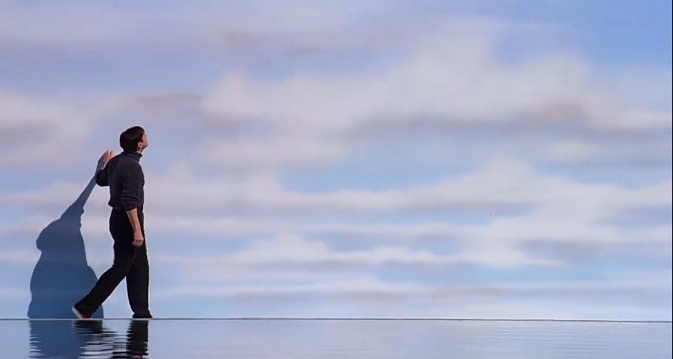Having a group already decided as we worked so well together last year means that we all have to collectively decide, looking at each others proposals, which film would be best to make a reality. We had a day of presentations and from this i was able to see what potential film i could work on if mine were not chosen and also started to have a quick brainstorm about how i would approach these films and how they could benefit my role.
Transit
Transit is a film developed and written by Tamara and Al. I got the chance to read the script that they had been developing and understand the type of film they were proposing. Originally it was set to be an animation but was altered to try and be made into a live action film. It follows the story of a child's imagination with the outside world and how her perspective is not actually far from the truth. It originated from Tamara telling about a story her friend told her when she was younger, the story talked about how her friend (a frequent flyer) thought that when she was traveling by plane as a child, she always imagined that while she was in that plane the whole world was changing around her while she was not noticing (for example, people would change and move around the world like a set).
My initial thoughts with Transit was that it had quite a likeness to The Truman Show. Everyone has scripted roles in the "real world" and this goes on every day. The girl comes to realise this but is shunned by her mother when she talks about it.
The locations for the film are the most interesting but challenging area. It primarily takes place on a plane, which though quite ambitious for a student film and i did initially challenge as ridiculous, is through the work of our producer Tamara, potentially achievable budget and location wise but it would be very top end budget for what we would want to be doing.
From a cinematography perspective, it gives me a great challenge of working in an unusual environment which would look fantastic on a portfolio, not only do i have the potential to create some stunning visuals that simulate a plane in the sky, from inside and maybe even outside shooting in but i have the chance to show my ability to work in an unusual environment.
Upon research i noticed a lot of films that deal with filming on a plane have two things in common that would not work with transit:
1) There is a disaster eminent
2) The whole plane is used, showing all passengers
For transit we want to focus on just the girl in her seat and her mother, with extras around them giving the impression of a full plane. I would need to be very considerate of how this is achievable, particularly the focus of just one passenger instead of the whole plane.
I found some initial inspiration from the film Red Eye to be a useful reference and can see how lighting is used here to highlight the main character with 6/7 extras surrounding him to give the impression of a full plane. This is something i will look further into.
For the plane set we would be looking into using an aeroplane from a junkyard where old planes are taken when they can no longer be used for flight. As students we have been told we could get a discount on the regular price to rent these out. Things we would need to consider is how we are going to get equipment there and have a recce to see limitations that would arise. I imagine we would struggle with lighting as there will be no power sources nearby, this may mean the requirement of a generator. Lighting is extremely important for a set like this as we are trying to simulate something that is thousands of miles in the sky.

Using a plane from this space would give us the ability to make the whole film look as realistic as possible and selling the effect of flying could be easily achieved with green screen for the windows and I would expect that the best way to achieve motion of flying would be in the editing process to add shake later on. We can cover all elements of a production that challenges everyones skill areas. We would need to be careful as this is a student film that we don't get too carried away with a full scale production that is way out of our ability.

For all the scenes in the plane i feel like the aim would be to concentrate on close shots, mostly focused on the girl and her mother as in a plane you are quite cramped and limited with your space so with the film being quite personal to these two characters instead of all the passengers, keeping all of the shots close and intimate really builds the audiences relationship with the girl and her mother.
I would need to do a lot of research into films that deal with children and particularly their imagination to see how cinematographers create a visual style for these types of films as well as specifically films that deal with flight to understand movements, framing and lighting that works.
For the other scenes outside of the plane that have been suggested such as a taxi driver, people walking on the street, i would imagine these to be quite short shots that only deal with a couple of different angles and once a final script is decided and these extra characters i would find visual references of the spaces, places and people, particularly referring to how the Truman Show deals with the idea of real people being actors.
See you Soon
See you soon is a mother daughter story that was developed by Tamara. This story is somewhat of a tragedy as it deals with the death of a daughter and how the mother grieves for her. Originally it dealt with the mothers death and took place in a funeral hall then then back at the family home where the mother and daughter lived.
See you soon was proposed as a film that incorporates flashbacks with realtime. The effect that inspired this is Shunpo.
SHUNPO from
BURAYAN on
Vimeo.
Shunpo excellently achieves match cuts to perfection between different environments making a magnificent on screen performance. The framing is an absolute essential part of this short film and will be the big focus as a cinematographer for achieving the flashback match cuts for see you soon. I really enjoy breaking this down frame by frame to see how they achieve some of the angles and shots in a clever way. For example in the scene below the dancer goes from climbing up some stairs, to seemingly putting her head against the wall next to them, but as the camera turns and the woman gets up we realise she is laying down in a different location. This is a brilliant demonstration of match cutting between two locations and is something i would love to be able to make happen in this film.

For the main scenes which take place in the family home i would need to look at the locations proposed and how we would intersect between the two. Research looking into how films cover both past and present, maybe looking into how we can effectively demonstrate the different time zones with lighting.
Phone box film (un-named)
This film is not as developed as the other two but play on a cyclical theme of having a camera rig going round a phonebox where the single actor is playing out a role throughout. Stylistically this is a nice idea and maybe would work well for an experimental piece but it seems for an actual film it is unlikely to have the development to move forward.

















































